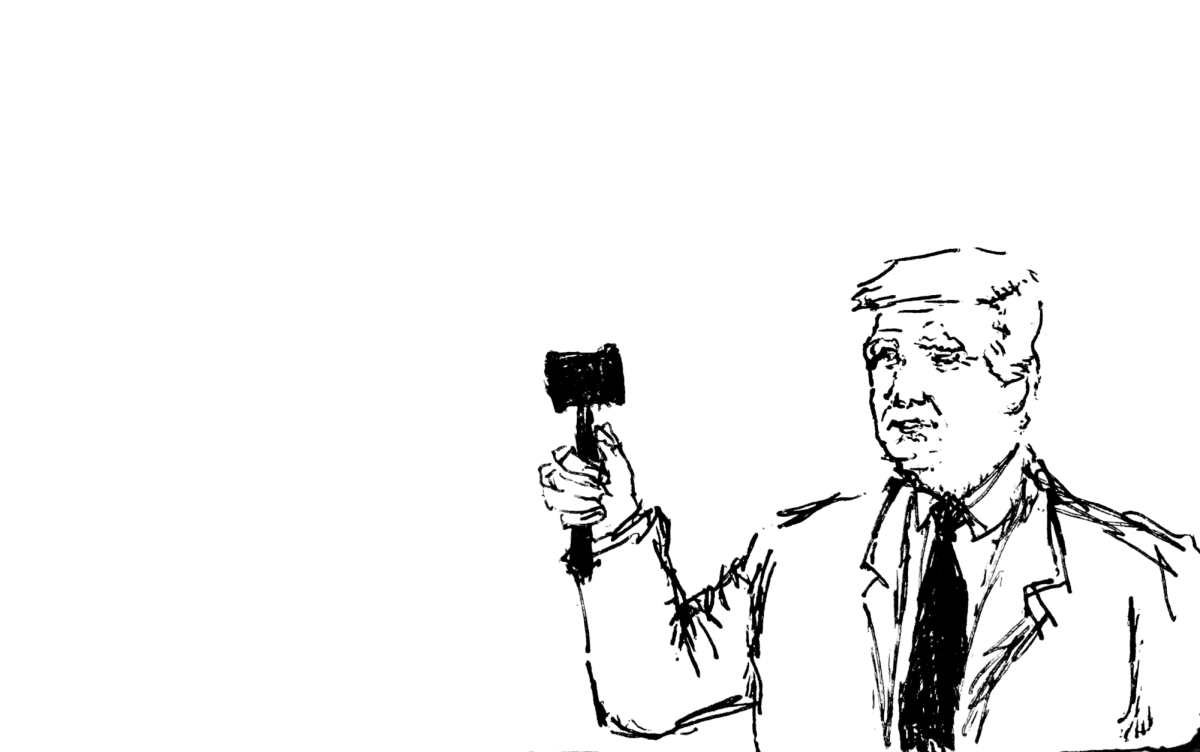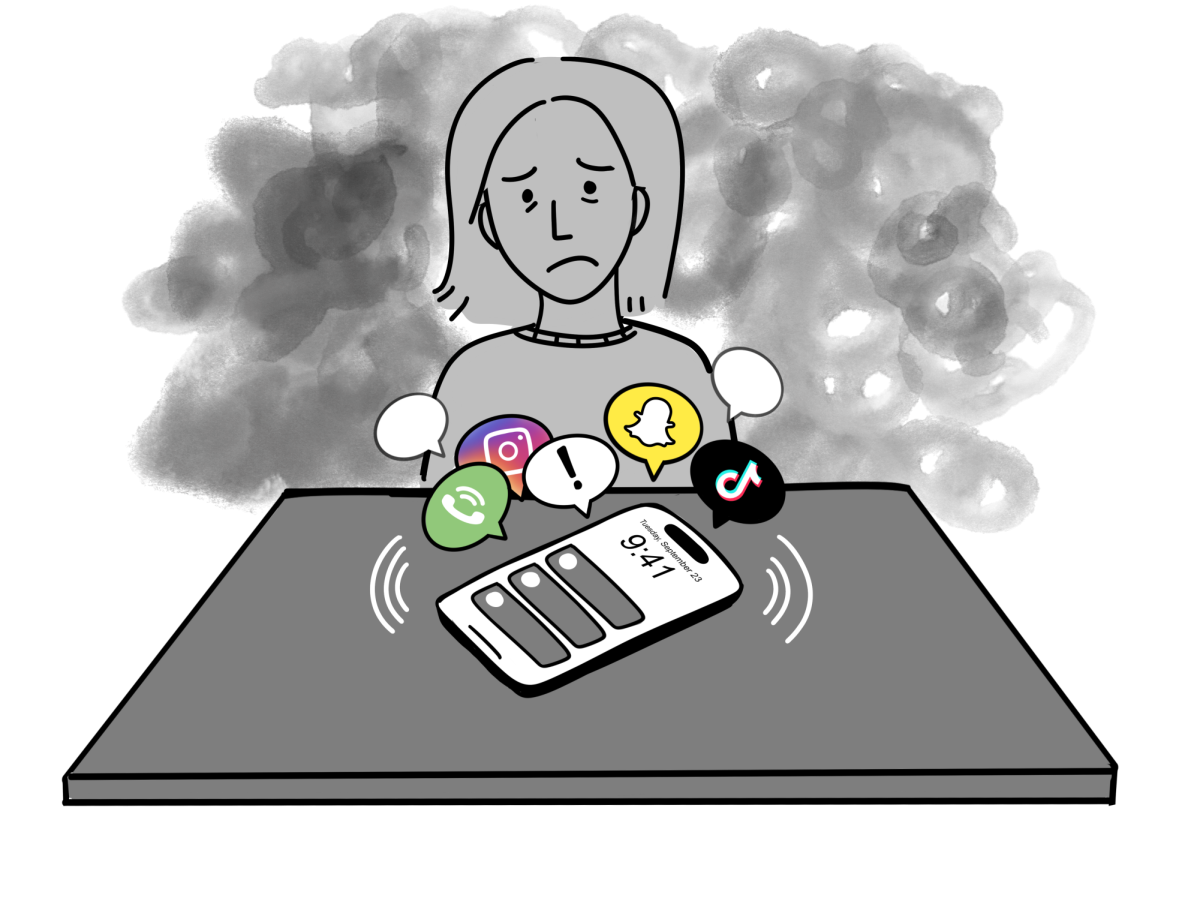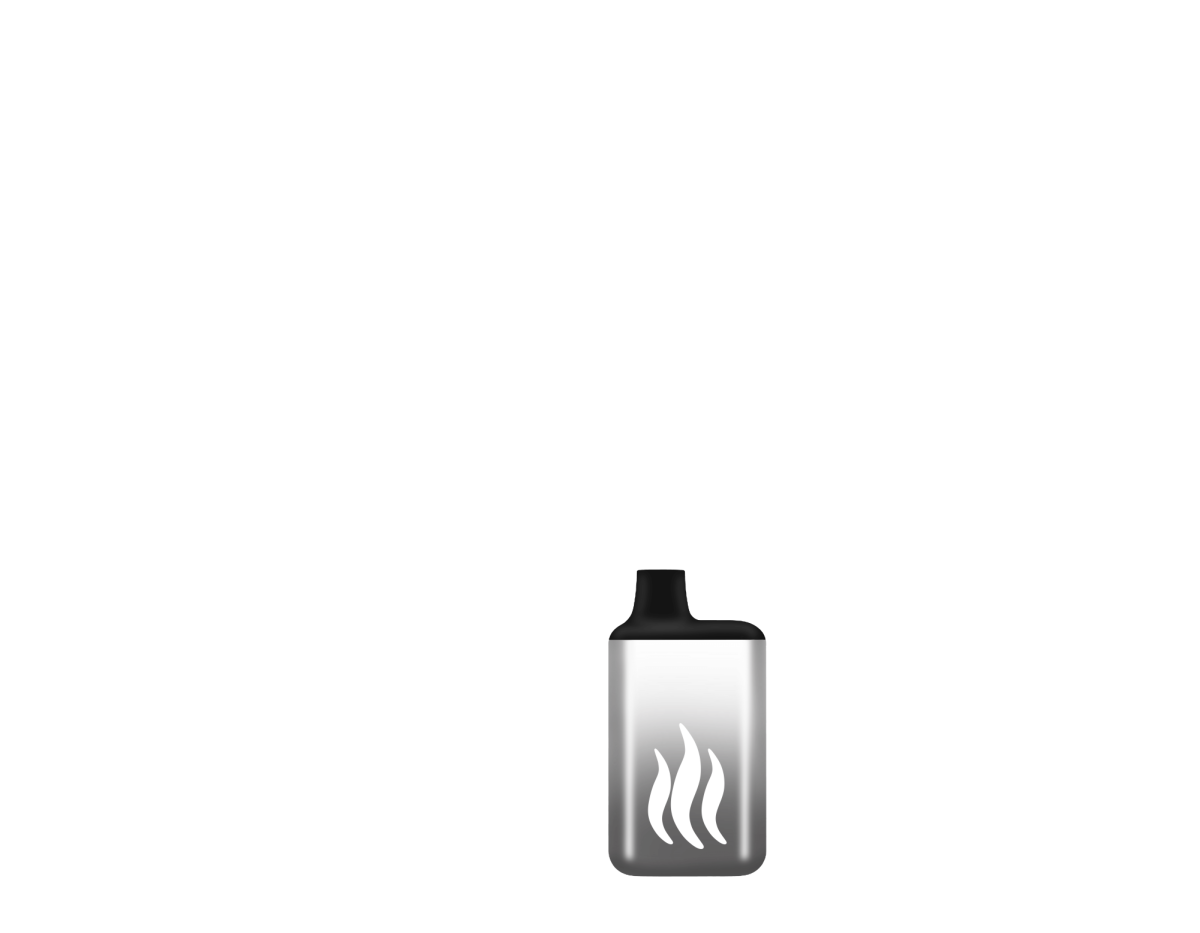It’s no secret that AI has changed how we approach education. Teachers are starting to revert to paper assignments, religiously checking for AI with Turnitin, and giving regular lectures (rightfully so) about academic honesty. Students face an ever-present shortcut that promises polished, perfect writing in an instant. But even as the risks of getting caught grow, a greater danger emerges: what is happening to our writing in an AI-infused classroom? The reality is that, even for teachers, artificial intelligence is degrading our approach to education.
Maybe it doesn’t surprise you that lazy students love an ever-present shortcut. What’s stings more is teachers using AI. School, through all its flaws, can be genuinely interesting; classes, even at their most grating, can leave you richer and fuller; teachers, far more than just lecturing proctors, can and do inspire. But all of this starts to unravel at the hands of AI. It’s hard to feel inspired to give a hundred percent when teachers are all too often guilty of AI use themselves. After all, why should we feel obligated to produce original work for assignments that are AI generated and teachers abusing the same shortcuts that we’re threatened with zeros if we’re caught using. One of the most inspiring aspects of education is the incredible originality that passionate teachers display. The most memorable assignments are always the ones that are a little bit out there and unique. AI, however, is leading teachers away from that creativity, and, as a consequence, students away from inspiration.
It is no less degradative to our emotions. There is something darkly absurd about the realization that whatever message you received didn’t come from anyone. In expression of this point, it’s worth delineating something very important. Proponents of AI can be compared to a calculator or the internet, but AI is ontologically distinct from these latter two. A calculator is convergent. Much like a function, its individual inputs correspond with individual outputs. Two plus two has a discrete and replicable answer, even as the O’Brien’s of the world may stammer. The internet, though ostensibly more open, operates in a similar capacity. To watch it index, rank, quantify and algorithimize is to view a similarly convergent process, only with more nuts and bolts. AI, on the other hand, operates completely differently than tools like our TI-84s or Google.
In conjunction with this, the use of AI in classrooms can hinder key learning processes. It should come as no surprise that the use of AI correlates to less brain function, as a recent MIT study found. The frequent use of AI is simply less rigorous than using one’s own mind to write. This was applied to the classroom, with the thinking that children relying too much AI before learning minutiae of argumentative writing would bar them from ever truly understanding it. In this way, the early application of AI would render students mentally sedentary, like the citizenry in Wall-E that can’t walk. The study also showed that when participants used AI and then had to write without it, they didn’t achieve as much brain activity as participants who had never used AI. This shows how detrimental the use of AI can be in the early stages of writing and teaching.
But in spite of the obvious drawbacks, AI has become a regular tool for LM teachers. Entire worksheets, images, assignments, even videos are being constructed at the press of a prompt. A prevalent emotion among students is, more than despondence, indignance. “If teachers can use AI, why can’t I?” Teachers’ use of AI is sending a message to students that AI is a valid way to complete tasks in real, wage-earning jobs. The values of critical thinking and examination that have become the purpose of education are undermined by a student’s use of AI, and teachers’ use of AI can do nothing but encourage it. AI could undoubtedly save time in creating and grading assignments, and maybe it has a place in education out of view of students, but it isn’t worth the cost of setting such a poor example.
We as a school should not make the mistake of believing that the detriments of AI stop only at its use by teachers. Increasingly, many popular school sites and study tools have taken to using AI in their processes. Quizlet now not only can help generate flashcards, but can come up with original questions based on the flashcard set. Khan Academy employs a Khanmigo chatbot that can aid you in solving problems. The introduction of AI into the tools that we already trust has the most potential to erode our abilities—Khanmigo seems like a friendly helper, but it’s at heart a dressed up ChatGPT. While some of these AI resources on these sites could be used to aid in studying, they are still susceptible to abuse by students and teachers alike. Developing our minds requires inspiration and creativity from both teachers and students, and AI is hindering that process. It’s our responsibility to know where we draw the line, and it’s clear that we must keep AI out of our education.






